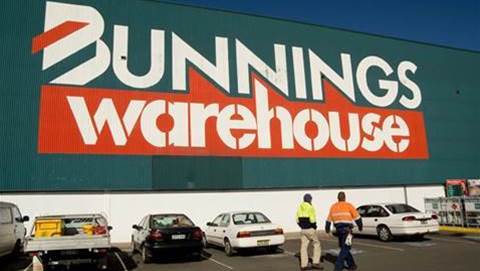The Queensland government is offering up to $50 million in grants as part of a “comprehensive quantum strategy”.

The funding comes from an $83.7 million funding parcel over five years from the state's 2024-25 Budget.
The lion’s share of the grant funding will be taken by the $20-million Quantum Commercialisation Infrastructure Program, which aims to build infrastructure and a commercial pipeline of quantum systems, devices and components.
Up to $15 million will be handed to the Quantum and Advanced Technologies Co-Investment Fund, which focuses on investment and “collaboration”.
As part of “significant contributions to decarbonisation”, the grant program will offer $10 million.
Up to $5 million will be allocated to sports technology and “related areas” for the Brisbane 2032 Olympic and Paralympic Games.
The last grant will be the $3.81 million Quantum and Advanced Technologies Talent Building Program, which will focus on skills in the workforce.
Although sizeable, the $50 million grant pales in comparison to the $940 million offered to US-based start-up PsiQuantum by both Queensland and the federal government.
As revealed in April, PsiQuantum wants to have an operational site at Brisbane Airport set up by the end of 2027.
Together, these form a part of the broader Queensland Quantum and Advanced Technologies Strategy, which aims to turn Australia’s sunshine state into a “quantum state”.
The state government will also open the industry-focused Queensland Quantum Academy, which was allocated a further $6 million in the 2024-25 Budget, making the total investment now $10 million.
In a statement, Queensland chief scientist Professor Kerrie Wilson said the strategy, along with the grant programs, “strengthen Queensland's position as a leader in the quantum age, ready to adapt, thrive, and lead the way forward”.
Last year, the federal government launched the first round of feasibility grants for two new programs of work under the country’s first quantum strategy.
At the time, the program's lead developer Dr Cathy Foley cited CSIRO estimates that the industry "could be worth as much as $6.1 billion and employ 19,000 Australians by 2045”.


.jpg&h=140&w=231&c=1&s=0)
.jpg&h=140&w=231&c=1&s=0)


















